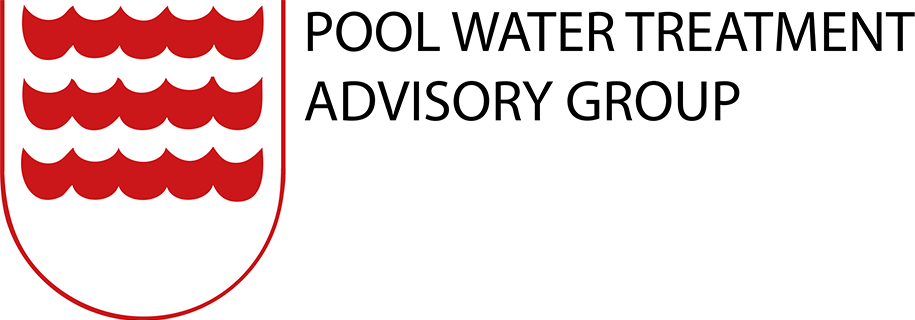Because of the current coronavirus emergency, the UK Government has ordered the closure of leisure centres.
The following guidance explains the best way to temporarily shut down your pools.
There are two options for temporary closure of the pool water treatment – reducing or stopping circulation.
Reduced Circulation
- Turn off pool water heating. Where heat exchanger booster pumps are in place, switch off and bypass the heating loop. Allow the pool water to cool naturally to ambient temperature. Prior to reopening the facility, the pool should be reheated in a controlled manner raising the water temperature by no more than 1 degree centigrade every 4 hours.
- Keep auto controller operating; raise free chlorine to the top of the recommended range; minimum 1.0mg/l and pH at 7.2 to 7.4. Check chemical concentrations and pH daily and adjust if necessary.
- Turn UV or ozone off.
- Turn flocculant off.
- Circulation of the pool should continue: the movement of water in the pool tank is necessary to prevent stagnation. Due to the absence of bather pollution, circulating pumps can be run at lower speed settings; no less than 50% of the design flow rate is advised. The balance between the flow from the pool bottom and the surface draw off will need to be adjusted to ensure movement throughout the depth of water.
- Continue to dose the pool water as normal using chemical controller. With no bathers in the pool the required disinfection will reduce considerably. Chemicals will be used at a much reduced rate, so dosing tank levels should be monitored.
- The pool hall air temperature can be reduced in line with the water temperature, but it is important that this is kept at or above pool water temperature, and that the relative humidity is controlled to a maximum of 60% to prevent condensation.
Daily
- Monitor and test the pool water to confirm the presence of adequate free chlorine and pH values.
- Check chemical controller, dosing pump operations, and dosing tank levels and adjust if necessary.
- Check the operation of the filters and vent air as necessary, circulation pumps, and air bleeds.
- Visually check the pool – particularly for algae in dead spots and corners. Continue with pool bottom cleaning on a weekly basis as the closure may extend into summer and algae present a seasonal threat.
- If algae is present, consider superchlorinating.
Monthly
- Backwash media bed filters.
- Normal routine maintenance.
We also advise that pool closure is a good opportunity for planned maintenance works and cleaning activities, such as balance tank cleaning, transfer channel superchlorination, pool filter inspections and cleaning under moveable floors.
Stopping circulation
This option is favourable if energy consumption or resource is a major concern during the pool closure period.
- Superchlorinate to 20mg/l at pH 7.2-7.4
- Turn off automatic chemical dosing, and pool circulation
- Reduce water and air temperatures etc as in 1 above
- Check chemical readings and pH weekly.
- To reduce stagnation/dead areas, circulation pumps and filters could be operated once a week for one turnover period.
- Consider use of (low energy) sump pumps in the pool tank to provide a degree of water movement.
Emptying the pool
PWTAG advises against emptying the pool to preserve its structural integrity, unless it is designed to be emptied on a regular basis and there are established procedures in place to achieve this safely.
Commercial Spa pools
Commercial spa pools should be designed for regular emptying, raise the free chlorine to 5mg/l prior to emptying the pool shell, balance tank and all associated pipework.
Superchlorinate and clean the spa before emptying and upon refilling to recommence operation using 50mg/l chlorine for at least one hour with the pH kept to 7.0. On recommencing operation follow the commissioning procedures recommended by the HSE in HSG 282 paragraph 110 (www.hse.gov.uk/pubns/books/hsg282.htm).
Water distribution systems
When pools are closed managers / owners should not forget the need to manage the risks from Legionella growth within water distribution systems feeding showers, changing rooms, kitchens and spas etc.
The HSE ACOP L8 (paragraph 32 requires “that risk assessments are reviewed if there is reason to suspect the assessment is no longer valid” this would include when there is reduced usage resulting in low flow / water stagnation as a result of full or partial closure etc.
Reviewing the Risk Assessment and the Scheme of Control is particularly important when systems are re-commissioned after a shut down. Seek advice from competent persons such as your Water Safety Group / Responsible Person or Water Treatment Advisors.
Re-commissioning
A risk assessment should review the potential for microbial growth during the shutdown period and the measures that need to be taken to minimize the risk of infections as a result of biofilm formation within the pool, system pipework and components.
As stated in an earlier guidance note, swimming pools themselves should be safe against microbiological hazards as long as they are chlorinated properly and operated according to PWTAG standards.
If pool buildings intend to remain open, they should follow the government advice on social distancing – both in the pool and in the changing rooms etc, where enhanced disinfection procedures may be necessary. Disinfection should be with 1,000mg/l chlorine strength (or equivalent) paying particular attention to things like door handles and surfaces.
- Subject: Guidance on temporary pool closure
- Date: March 2020
- Download Print Version: Technical Note 43 PDF
